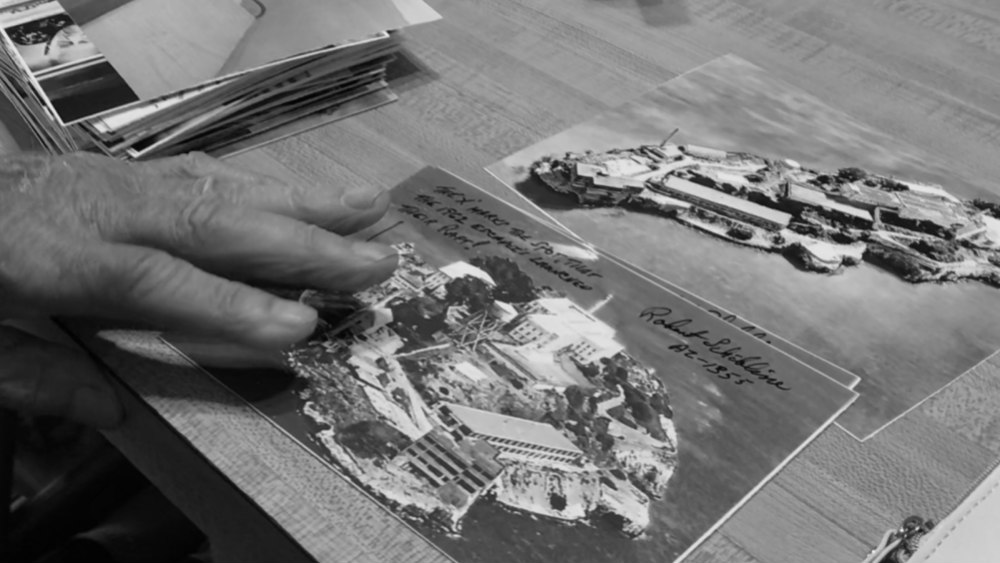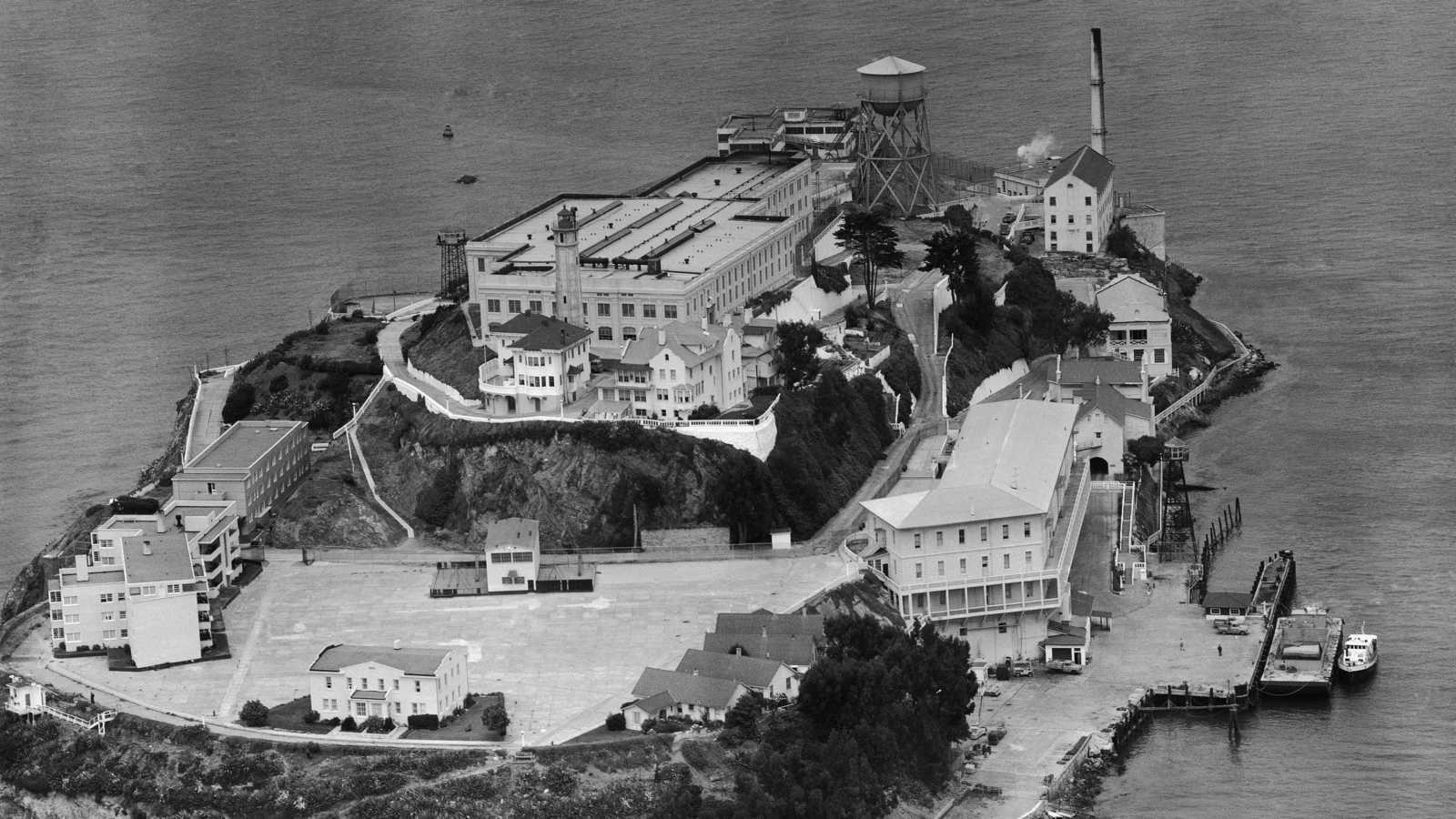The getaway vehicle is an interesting part of the folklore of any bank heist. The way robbers choose to leave the scene of the crime tells you a lot about them and how they plan their getaway.
For instance, Al Capone’s 1928 Cadillac Town Sedan was a beautiful English racing green armored car with 1-inch thick windows, a dropdown rear window with suicide doors. Al was smart and savvy and made sure that his car was green and black just like the police cars in Chicago at the time.
My momma told me that legend has it that the Treasury Department used Al’s Cadillac to protect FDR on a trip to Atlanta. I like to think that happened.
Bank robber John Dillinger had to be the envy of most gangsters in his 1930 Model A 5-window Coupe. He was named Public Enemy No.1 – only four people in history have had this distinction. After one bank robbery, Dillinger and his men took hostages.
Dillinger made hostages stand on the outside of the car, on its running board. This not only shielded them from police fire but provided more folklore to the getaway MO for criminals. Toward the end of his career, Dillinger had every available FBI agent looking for him. It was in this classic car that after a gunfight with law enforcement he made his getaway from Minnesota to Chicago bullet holes and all.
Clyde Barrow of the infamous “Bonnie and Clyde,” preferred a 1934 Ford V8. Clyde loved the speed of the V8. Boots Hinton told me years ago that “Clyde could have been a race car driver he was that good.” The V8 was fast but police could not outdrive Clyde. His skill as a driver is what prompted law enforcement to ambush her and Clyde in Louisiana.
The plan was to get Clyde to stop their car on the side of the road to help a stranded motorist that Clyde knew. Their plan worked. Bonnie and Clyde’s famous getaway car because of their famous Death Car.
Yet, the most badass getaway mechanism in history has to be the USS Franklin D. Roosevelt! You heard me correctly. A Naval Aircraft Carrier served as the getaway vessel for the famed bank robber, Robert Schibline. Over Thanksgiving, I had the occasion to visit him in his home.

As I drove past orange groves filled with bright beautiful fruit down an old Florida road, I was wondering what he would be like. Had prison made him hard and bitter? Would he be open about his childhood, crimes and family life?
Meeting Alcatraz Inmate 1355
As I walked up the path toward his porch, the front door swung open before I could knock.
“Hello, come in!”
I was greeted with a wide smile as a friendly older man stood holding the door open for me. We introduced ourselves and he offered me a drink as we walked inside.
As I sat with Robert Schibline, we started talking like old friends. I came to visit Robert in hopes that he would share bits and pieces of his life in Alcatraz, and perhaps be a little guarded.
Instead, he was a funny, fascinating and honest man that looked like he could be anyone’s grandfather.
But Robert is different. He is one of the last surviving former inmates of Alcatraz. He was inmate number 1355 on The Rock. His nickname: Banker Bob.

I toured Alcatraz when I was 12 years old. My parents took me and my sister, Shelley, to San Francisco for a trip. Shelley and I both got to pick something we wanted to do while in this remarkable city. Shelley chose to ride a trolley car and shop in China Town.
I, of course, selected Alcatraz. By that time, I had already read every book in my school library on Al Capone, Machine Gun Kelly, Alvin Karpis, and The Bird Man of Alcatraz. I knew about the hole, the yard, and the famous escape.
Now in 2019, I had the opportunity to talk with a former inmate and learn first-hand information and his time spent at the notorious prison. As a criminologist, college professor, and a working CSI, it’s imperative to me that these historical events in criminal justice be studied and preserved. After all, history does repeat and Robert Scbline is living history.
Right out of the gate I asked Robert, “Did they make it?”
I was asking, of course, about the infamous Alcatraz escape. In 1962, three convicts escaped Alcatraz. Although this wasn’t anything new. In 14 separate attempts, 36 inmates have tried to escape Alcatraz. These three particular inmates were among the five escapees who were never caught. They were also never seen again after jumping into the San Fransisco Bay.

Inmates Clarence Anglin, John Anglin, and Frank Morris are still unaccounted for to this day.
Robert quickly turned his whole body toward me and with great expression and a shocked chuckle.
“NO! I told them ‘you’re gonna die!”
The 12-year-old me was disappointed but the adult in me knew he was most likely right. I pressed on anyway. How could he be so confident they perished in that bay?
“Look, I helped them,” Robert said in a gruff voice. “I wanted them to make it but I was a trained Navy SCUBA Driver and that water was too cold, rough and that riptide was moving at 7 knots. No way they could survive that.”
I asked him to tell me how he got the tide tables for escapees.

“You can’t have a watch or calendar inside Alcatraz. So, I had to watch the buoy out in the water. I tried to see the current and tide activity all around the island while outside working my job. Then one day I noticed a guard reading a newspaper. Now, that was against the rules for him to bring that inside in his lunch pail, but I knew that the San Francisco Chronicle published the Tide Tables every day. So, I waited until he discarded the paper in the trash and got the tables. I did this 3 or 4 times a week for a few weeks.”
“I wrote them all down on a piece of paper. Then I gave the piece of paper to Clarence. I only dealt with Clarence because he cut my hair and he was a bank robber too ya know? I know that’s how they got the real human hair for the mannequin heads for the escape. I bet my hair is on one of them. Maybe you could test the DNA, well on second thought better not. I sat with Clarence and Allen West at the same table in the dining hall. We had the opportunity to talk freely every day while we ate about their escape attempt.
“I made it clear that they had one shot to leave at the correct time on the correct side of the Island during the right tide. If they hit it right the water would pull them toward Angel Island to freedom.” -Robert Schibline.
Robert said he tried over and over to convince the other inmates not to go. He said the only one that did not make it out during the escape was Allen West.
“Maybe he listened to me after all,” Robert added.
I asked why he didn’t join them.
He laughed and said, “Cause they were gonna die! Look, I had two years and I was out. I was not gonna risk dying or getting more time in the hole. Look, I remember the loud boom, from the roof that night. I knew it was them; we all did. It was 10:20 p.m. and I just knew the guards heard what we did.”
Infamous Gangsters
“You have heard of Alvin Karpis?” Robert asked, changing the conversation to an infamous gangster named “Creepy.”
I told him absolutely: Public Enemy #1 from the Ma Baker Gang.
He laughed and said, “Right, he was my best friend inside. He had no fingerprints. He took em’ off with acid. I wanted to get rid of mine so I could have a new identity when I got out. So, I asked him about it and he said it was too painful and he did not recommend acid.”
He then leaned toward me and asked, “You ever heard of Micky Cohen?”
I had. He worked for Buggy Segal, a mobster casino owner.
“Right!” Robert said. “Well, he said he would set me up with a doctor on the outside that could help me change my fingerprints. He told me it was gonna cost me. I told him money was no issue.”
Next, he wanted to know if I had heard of Whitey Bulger.
“Yes,” I said. “I camped on the Grand Isle with my children where he hid out in Jefferson Parrish in Louisiana.”
Robert laughed.
“Really – like your mom, you take your kids.”
I asked him to tell be about Machine Gun Kelly.
“Pop Gun? He liked to brag about his crimes. Sometimes he would brag a little too much and talk about crimes he knew about but did not do. He would forget the guy that pulled that job was locked up with him. We did not take him seriously.”

Life Inside Alcatraz
I asked Robert to tell me something he did inside that most people don’t know.
He said he learned to speak Spanish while at Alcatraz. I was surprised and asked how learned another language without access to books, cassettes tapes or teachers. He asked if I had heard of Robert Stroud.
“Are you telling me The Bird Man of Alcatraz taught you Spanish?”
“I feel like I’m talking to another inmate, cause’ you know everybody,” Robert replied.
Robert explained that Stroud knew six languages and was brilliant. Robert made it clear he wanted to learn Spanish because once free he would pull a job and wanted to go on the lamb in South America.
“It’s just easier if you speak the language,” he said.
Robert explained what got landed him in prison in the first place. Like many of his fellow inmates, he decided to rob banks to support himself.
“We all have stories and we all did our crimes. I was just 17 when I joined the Navy. I got $30 a month, food, clothing, and a room. I thought it was a pretty good deal, but I quickly knew I wanted stuff that I could not afford.
Sometimes on leave, I’d have to hock my watch to party and then on the next leave get it out of hock. So, I robbed banks. I bought a used van, a gun, and clothes. I stored them in a locker and once while on leave changed clothes and robbed a bank. A small branch 1 or 2 tellers.
This would not draw a lot of attention. The first heist made page 4 of the local paper. That meant the feds would not be brought in. Me and three guys pulled four jobs while I was in the Navy. I thought it was simple to just change clothes back into my uniform and walk back onto the ship and sail away with $33,000.
One of the first expensive things I bought with my money was a SCUBA tank in France. SCUBA diving was still new in the 1950s and not many people did it. Lots of the inmates had questions for me all the time.”
“No judge can send you to Alcatraz and no judge can parole you,” Robert continued. “Inmates were sent to The Rock for breaking the rules at other prisons. From Alcatraz, you can only be transferred to another prison, never paroled. The four things that could get you sent to Alcatraz I admitted to three of them”!
The Hole
Robert has a slogan that reads, “Break the law you go to prison. Break the prison laws you go to Alcatraz. Break Alcaraz laws you go to the hole!”
“The hole”, also known as solitary confinement, is a windowless steel cell with no toilet, no bed, and no sink. You are placed inside the hole naked with no bedding. You lay on the cold hard floor and use a hole in the floor for a toilet.
“You learn to save part of your bread they feed you during mealtime to feed to the rats at night that climb up through the hole in the floor looking for food,” Robert said. “They can smell you and if you don’t have anything to feed them, they with a bite at your toes, legs, and fingers.”
“Remember it’s void of all light. You can’t see your hand in front of your own face. Many guys lost their minds in the hole. The fog rolls in from the same hole in the floor and makes everything cold and wet. It is awful. Al Capone said Alcatraz broke him.”
Baby Seal Spooks a Hardened Inmate
He looked at me as if to stop the bad memory, then changed the subject to fishing.
“Want to hear why I love fishermen? They would toss half-empty bottles of liquor toward the rocks at Alcatraz so that when we’re cleaning up around the island us inmates would find a gift. See they knew the current and just when to toss the bottle so it would hit Alcatraz Island. It was 22 acres of hell but things like that made it survivable. Oh, and there was one day I was cleaning up trash out of the water and I saw something moving and all a sudden a little brown face with big dark eyes popped up. It was a baby seal and he wanted to play.”
He was laughing at the memory because a baby seal scared him. He was nicked named “The Enforcer” while at Leavenworth and a baby seal scared him. His crimes at Leavenworth is what got him sent to Alcatraz. Yet, a baby seal can shock and surprise him.
Life Before Alcatraz
Robert recently lost his wife who he affectionally called “The Warden.” He loved her fiercely. He told the story of when they met. Great lose is not unfamiliar to Robert. He grew up in Iowa and was orphaned by the age of 6. From there, he shuffled around to different family members.
He never had his own room until he went to Alcatraz, where he had a bed, toilet, desk, a chair, and two shelves to himself.
“That was the first time I had a room all to myself,” he said.
Growing up without poor without parents and without ever having new clothes, available food or adequate shelter is what drew him to the Navy. At age 17, Robert joined the military.
“I got clothes, food, room, and board plus $30 dollars! That was a con a deal ya know!”
‘I will Never be Locked in Again’
These days, Robert lives free. He no longer hides under the radar and no longer commits crimes.
I went home with a wealth of knowledge about one of the nation’s most infamous robbers. He wasn’t what I expected. I knew he would be a fascinating man. What I didn’t expect was the generosity and sincerity of a man who spent so many years on the wrong side of the law.
I hope to see Robert again one day. Until then, he vows to never find himself behind a locked door (or cell) again.
“My whole life I lived low profile; inside and outside of prison. My front door has never been locked, not once. I will never be locked in again. Everyone around here knows me and they would die hard if they …… Well, I don’t call the cops and I don’t lock my door. I’m free.”
For the latest true crime and justice news, subscribe to the ‘Crime Stories with Nancy Grace’ podcast. Here is a related episode.


